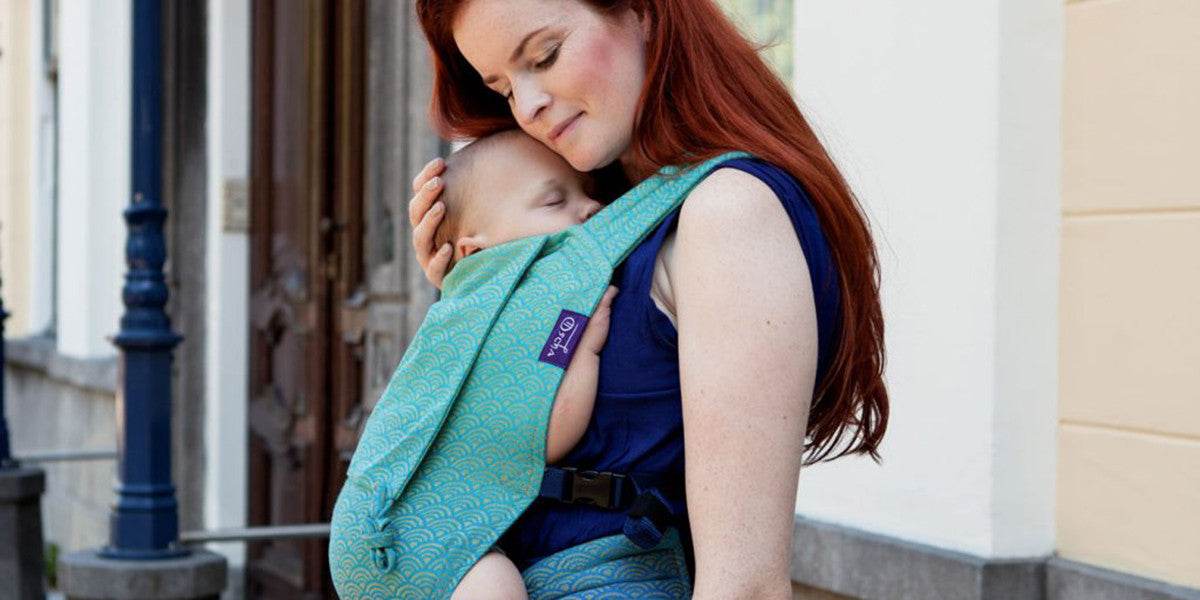
Why is Secure Attachment Important & How Can Babywearing Help?
In this post, we will explore how and why to promote secure attachment with your little one, what attachment parenting means and some of the common myths surrounding it, as well as looking at how slings can help develop bonds with your baby.
Benefits of Developing Secure Attachments

Developing secure attachments with our little one sounds important, but what does it actually mean? Essentially it is connecting with your child so that they feel safe and secure - your baby can trust you will respond to their needs, allowing them to feel they have a secure base from which they can explore. It helps regulate emotions in your little one by soothing distress, in turn supporting calm and joy.
The most commonly recognised attachment theory uses the Strange Situation test to measure attachment type, which can only be assessed towards the end of their first year. These attachment types are:
Secure attachment
Insecure-avoidant attachment
Insecure-resistant attachment
Insecure-disorganised
You can read more about these attachment types here.
This research found that developing secure attachments in early life led to greater independence later in life. Whereas insecure attachments meant the child is more likely to be dependent later in life.
When your child feels more understood and calm, they are able to explore and regulate their emotions better. This feeling of security lays the foundations for them to learn as anxiety levels are reduced and this puts them in a stronger position to experience optimal nervous system development. In turn, they are able to develop close relationships with peers and have stronger social cognition and emotional understanding, largely benefiting their mental health. When they know they have a positive relationship with their caregivers, this develops trust and encourages a positive parent-child relationship as they grow.
When you develop secure attachments in the fourth trimester, you are building a firm foundation for good mental health for the future. In the fourth trimester, a newborn needs the support and familiarity to help them feel safe as they begin their transition from the womb into a new world. Read more about the fourth trimester
Bonding with your little one is so important and you will notice that the more you interact the more response you get, little smiles, giggles - reaching out for you. This follows the serve and return' metaphor which means when your child 'serves' by reaching out to you for interacting, the caregiver then returns the interaction by speaking or playing with their little one. These small interactions can strengthen secure attachments between the caregiver and their baby.
You do not need to go through the Strange Situation test and figure out what attachment bond you have with your little one but you might like to think about how you can help promote positive secure-attachment bonds. If your child is not responding to you, not showing interest or avoiding eye contact, it is best to contact a healthcare professional as they might be showing signs of insecure attachment. But do bear in mind, this is very common and does not mean you have done anything wrong.
How Babywearing Can Help with Secure Attachment

Babywearing continues to grow in popularity around the world due to the countless benefits for parent and baby. Much research has already been done looking into the positive effects of skin to skin contact with your little one and this is just one of the practices that support positive attachment bonds. Baby wraps and carriers can help facilitate skin to skin contact more easily as you get on with your day. Skin to skin contact also allows for gentle temperature and breathing regulation which helps contribute to both of your states of relaxation and connectedness.
One of the biggest myths around responding to your child's needs is that it makes children 'clingy', an accusation often also levelled at using a sling.
In fact, evidence clearly shows that comforting your baby and responding to them, as well as using a baby sling helps create secure attachment bonds; encouraging your child to feel safe enough to trust and make relationships with others.

Holding your baby close to your heartbeat soothes them, producing oxytocin (the feel-good hormone) and calms them down. Studies show that caregivers who carry their baby in a sling learn their cues more easily and are more responsive.
Babywearing makes it easier for you to make eye contact with your little one, comfort them when they cry and help if they want to be held frequently. Babies with insecure attachment bonds might refuse to be put down (this is completely normal and should not be perceived as clinginess).
Research shows that infants that were worn were more likely to have secure attachments with their mothers. Although babywearing can help, the most important thing is that the caregiver is engaged, has a soothing and positive tone of voice and is aware of the cues from their baby. By having caregivers be present while their babies experience emotions, the baby has a safe place from which they can learn.
What is Attachment Parenting?

Attachment parenting differs from secure attachment bonds and is important that we do not confuse the two. The term refers to practices, usually based on what is seen to be the most 'natural' approach, which enables the parent to be responsive to their child in order to help form a secure attachment. For instance home births, breastfeeding and co-sleeping. Attachment parenting has its benefits, however, it is important to note that sometimes these things do not go as planned and this does not mean your baby is going to develop insecure attachment bonds if you do not have a homebirth, breastfeed or co-sleep with your baby.
"Attachment is not a set of tricks¦ Attachment is a relationship in the service of a baby's emotion regulation and exploration. It is the deep, abiding confidence a baby has in the availability and responsiveness of the caregiver."
Alan Sroufe - developmental psychologist at the Institute for Child Development.
Attachment parenting is an ongoing process which has wonderful benefits on the bond between parent and child. As quoted above, there is no checklist to follow. It is about the parent being in tune with their child's emotions and being responsive to their needs. Different aspects of attachment parenting work for different people, but usually, it always involves taking the time to understand and connect with your little one as they grow. Some caregivers may look to enforce positive discipline techniques, encouraging empathy and patience, where some see attachment parenting as taking the time to play and connect with their little ones each day. All of these practices can strengthen the bond between parent and child as well as provide the child with a calmer and happier start to life.
We love this quote by Dr. Rosie Knowles on secure attachments
"Secure attachment is created by loving responsiveness to your child's needs. It is not about your parenting style. Your baby may sleep in a crib or your bed, be fed from a breast or a bottle, be held in arms or a sling, be weaned in any style, be brought up by any combination of carer and still have secure attachments. It is not about subscribing to a particular parenting philosophy. You do not have to sacrifice everything - your identity, your sanity, your relationship, your job, your money or anything else at the 'altar of childhood'".
The most important thing in developing secure attachments with your baby is being present with them and providing them with a safe positive environment to explore their emotions. Attachment parenting can be great, but we want to reassure you that it is not necessary in creating secure attachment bonds.
Hopefully this post has helped to clarify some of the questions you may have had about attachment parenting and secure attachment bonds whilst reassuring you different parenting styles work for different people and it is okay to seek help if you have concerns.
For further reading please see below:
Carrying Matters Secure Attachment and the 4th Trimester article
Impact of attachment, temperament and parenting on human development article
Infant-parent attachment: Definition, types, antecedents, measurement and outcome article
What is a Secure Attachment? And Why Doesn’t "Attachment Parenting" Get You There?
A selection of studies exploring the impact of skin-to-skin contact on infant and maternal health
Why Attachment Parenting Is Not the Same as Secure Attachment
What is a Secure Attachment? And Why Doesn’t "Attachment Parenting" Get You There?
An experimental study of the effects of increased physical contact on the development of attachment
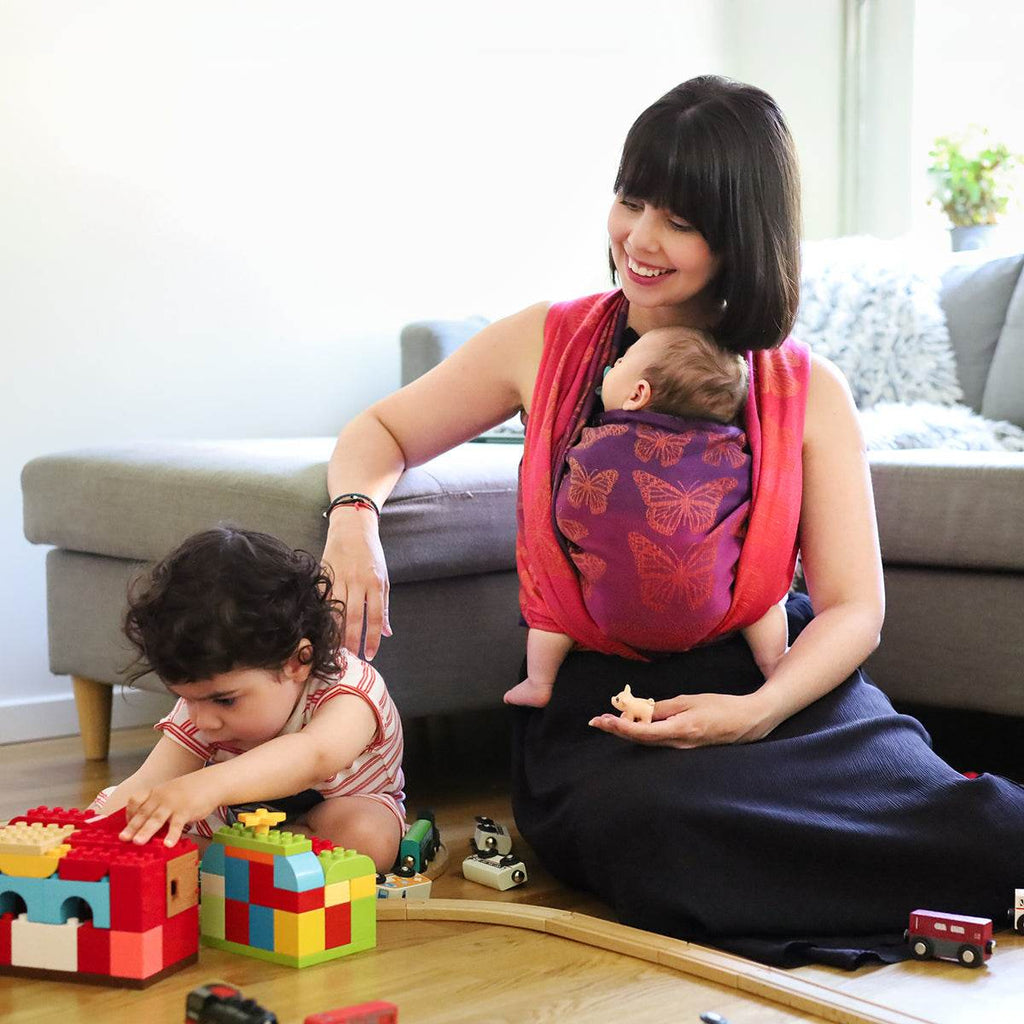
Best Baby Carrier For Newborns 2025

Grey Havens: Oscha Lord of the Rings Design Development
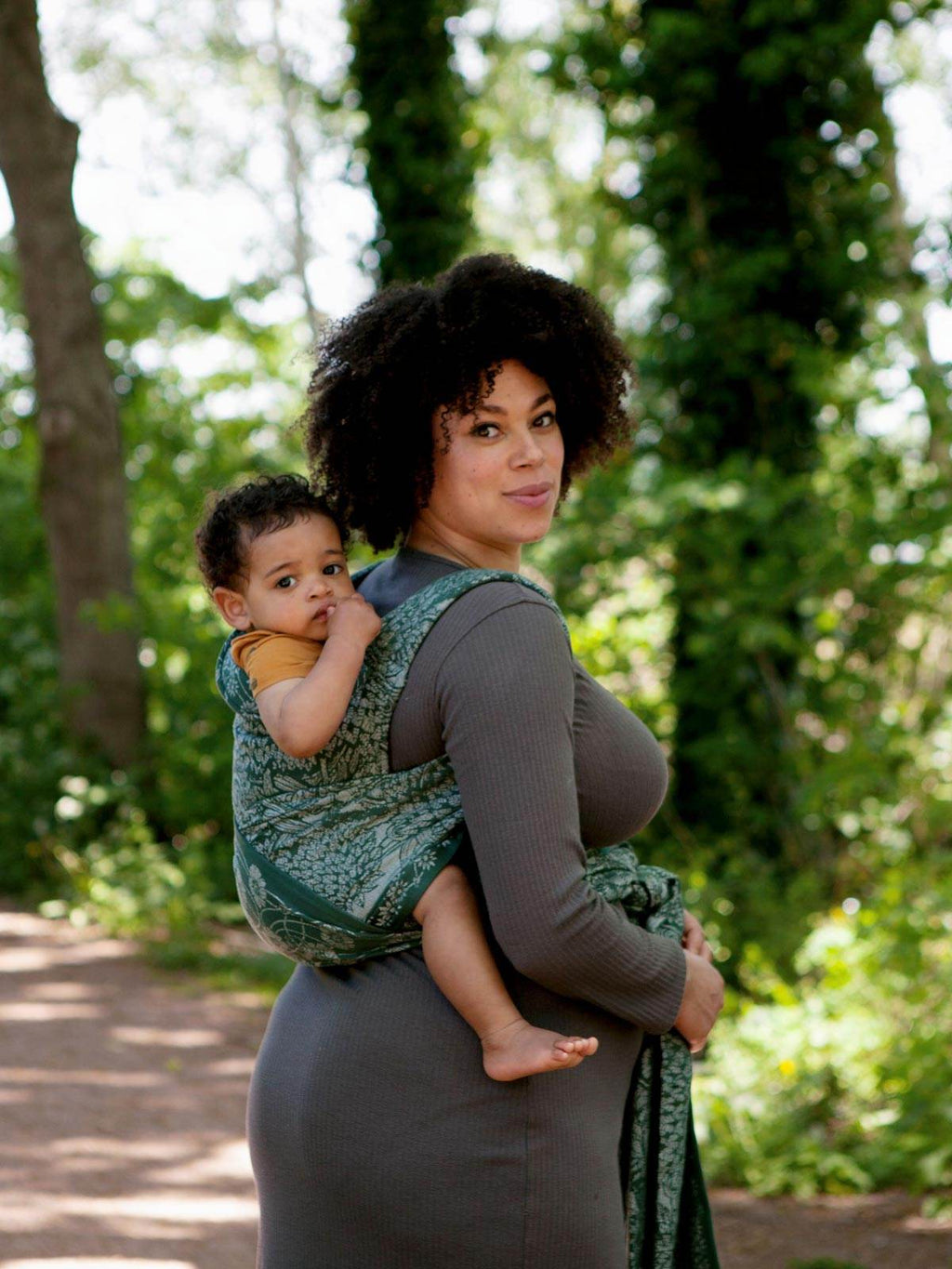
Can Baby Carriers Cause Back Pain?

The co-founder of Oscha & twin mum of 3, Zoe is a seasoned babywearer and is passionate about all things baby carriers and Middle-earth!


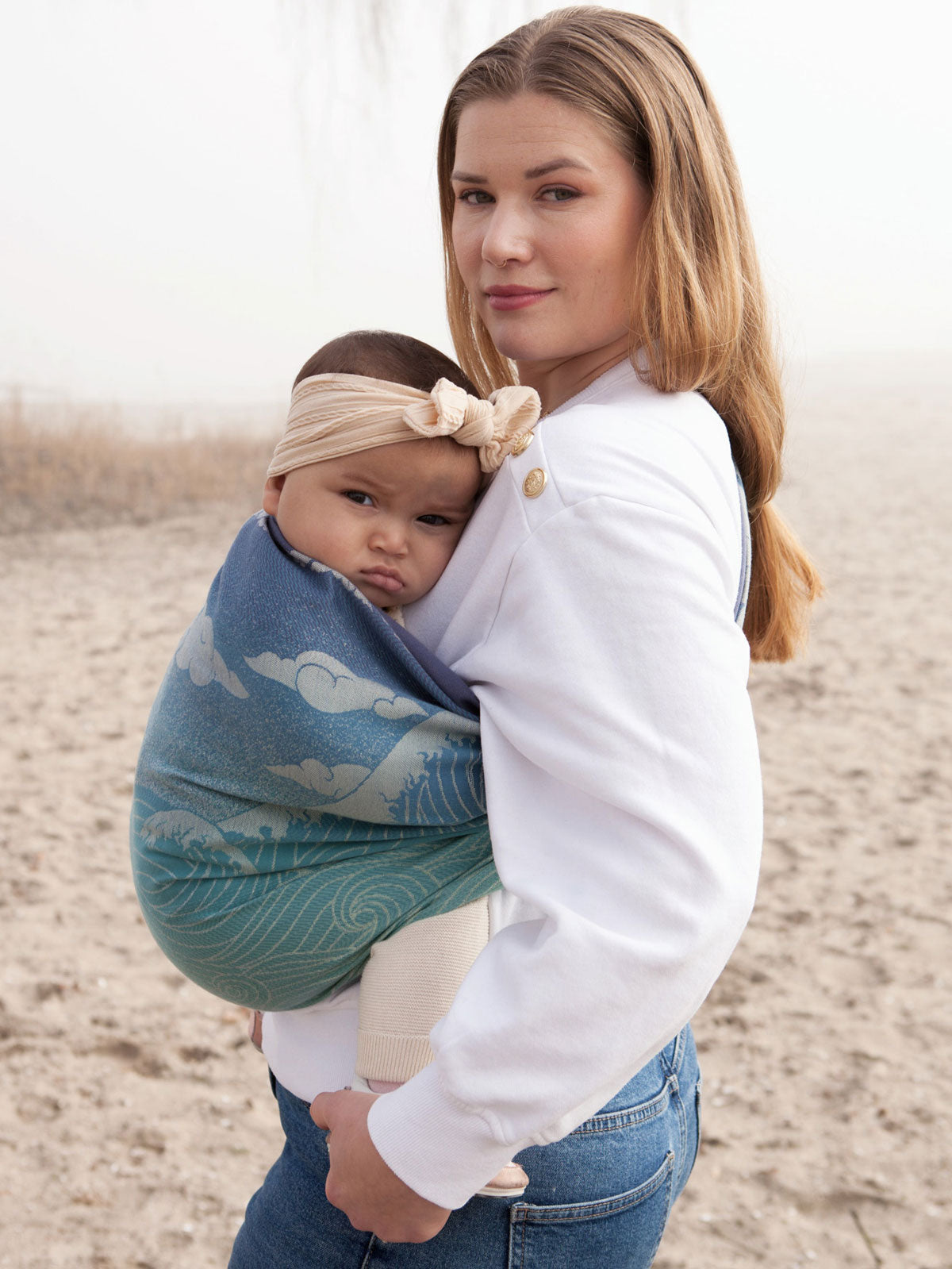
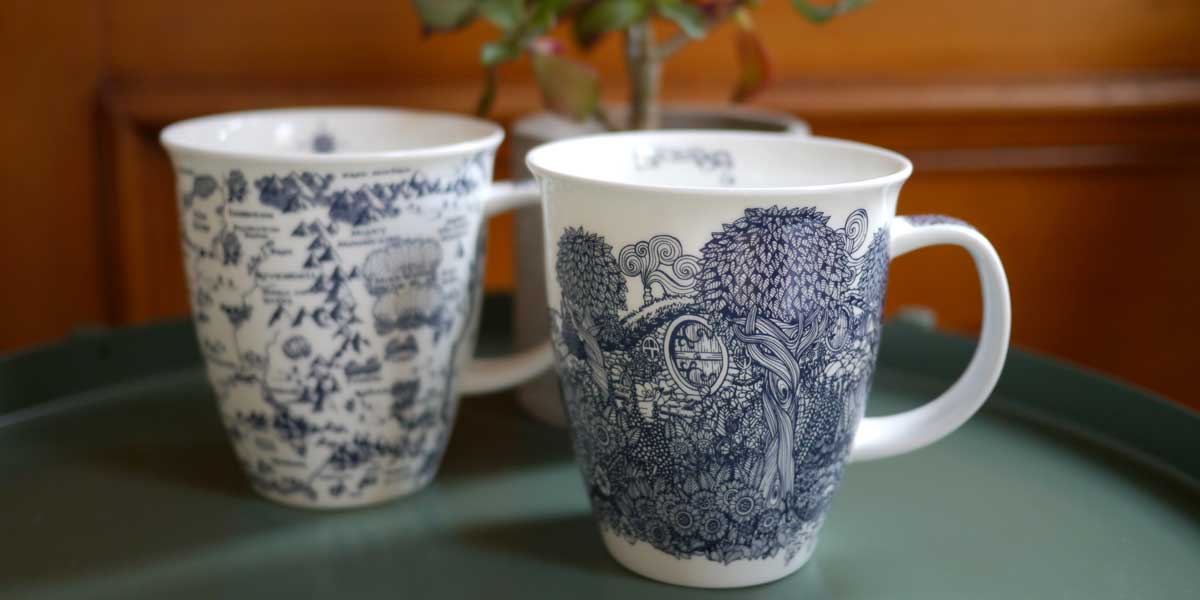
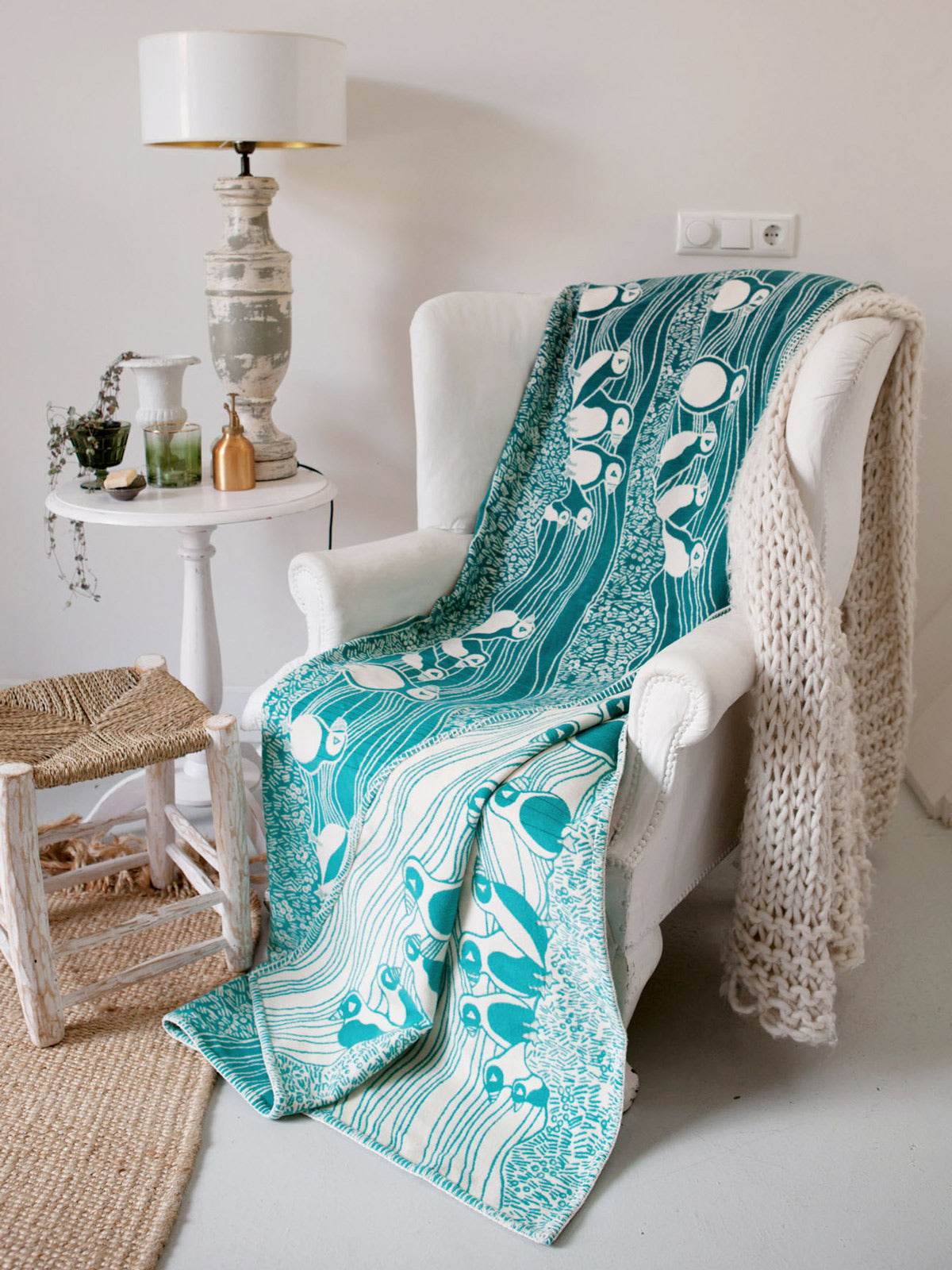

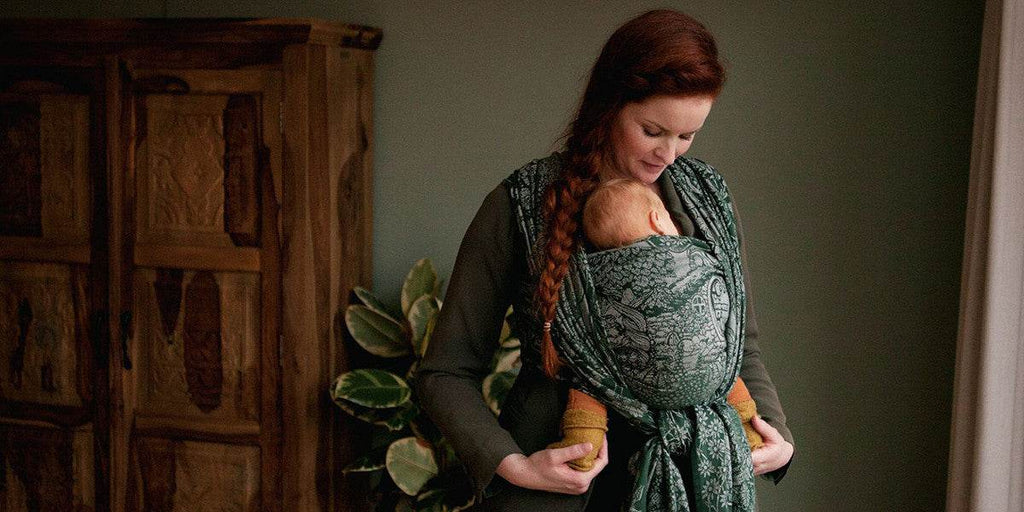
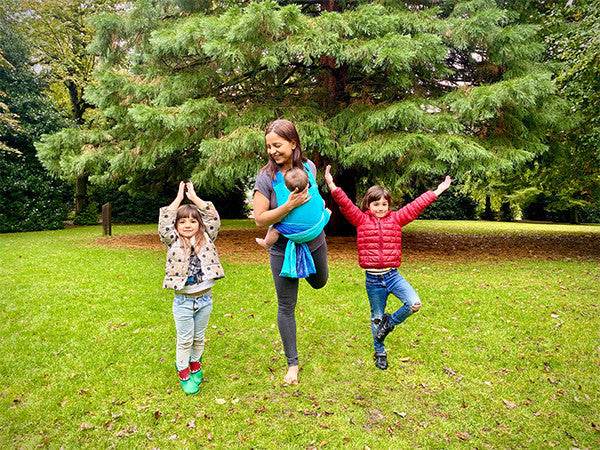
 https://oschaslings.com
https://oschaslings.com